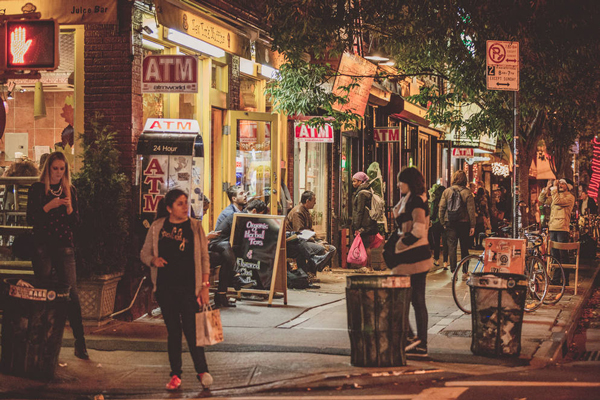Trending
Is the link between gentrification and displacement actually that strong?
Studies show development is not always a clear driver of displacement

Although proposals for large new developments in New York City almost always face criticism that they will displace current neighborhood residents, research has shown the link is not necessarily as strong as community activists and local politicians claim.
A study in 2011 by the Furman Center for Real Estate and Urban Policy looked at American cities during the 1990s and found no evidence of rising displacement, even among extremely poor households in areas that were gentrifying quickly.
“Most of the researchers that have looked at this question of whether gentrification fuels displacement have found little evidence that it does,” Ingrid Gould Ellen, director of the Furman Center and a co-author of the report. “It is something of a puzzle.”
Several other academics, including Columbia University professor Lance Freeman, have reached similar conclusions, according to Crain’s.
Still, the issue hasn’t been settled. Neighborhood groups have documented cases of property owners gaming housing laws or harassing tenants to force poor residents from their homes. Additionally, a 2006 report by academics Kathe Newman and Elvin Wyly did find that New York City’s gentrifying neighborhoods had higher rates of displacement when compared to a prior study.
Manhattan Borough President Gale Brewer recently came out against the rezoning of East Harlem, exclaiming that “residents of East Harlem are frightened by and angry about the prospect of tenant displacement caused by widespread and rapid gentrification.” [Crain’s] – Eddie Small




